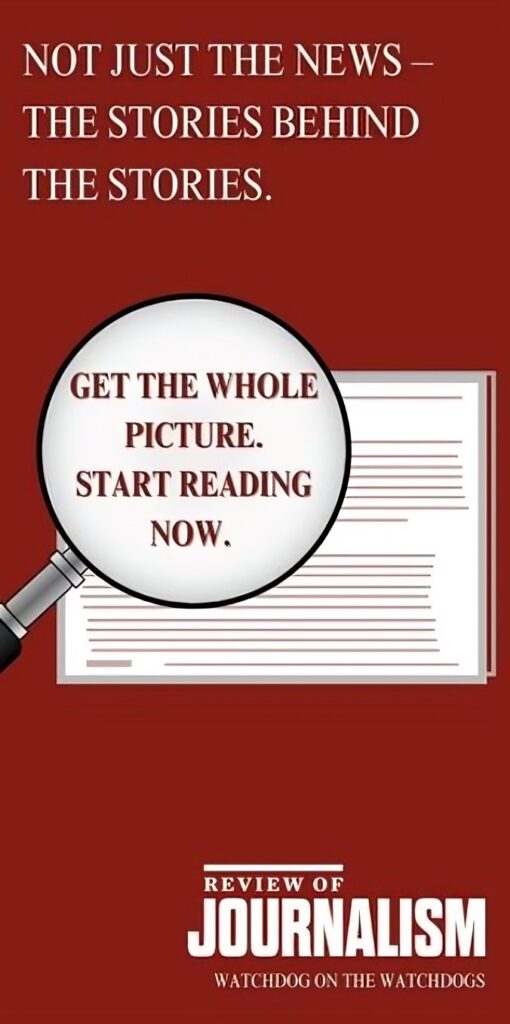I worked at a car dealership in the summer of 1968 after my first year of university. The job was not dangerous: I washed and dusted the used cars on the lot and ran errands for the salesmen. One of my co-workers was a young man with an engaging smile — a high school dropout, as I recall, who did more than wash cars. One day, he was operating the floor-mounted bead blaster, used for changing tires, when something went wrong. He lost the tip of a finger, which was a big deal, of course. But he returned to the lot the next morning almost as if nothing had happened — as if he had schooled himself to expect injury because he was working with his hands. Shit happens, and then you get on with life.
The contributors to An Accidental History of Canada do not share this resigned view. “Human life is unpredictable and ‘accidents happen,’ but that does not mean that accidents have no social, cultural, or political meaning,” several of them write in their introduction...
Murray Campbell is a contributing editor to the Literary Review of Canada.

